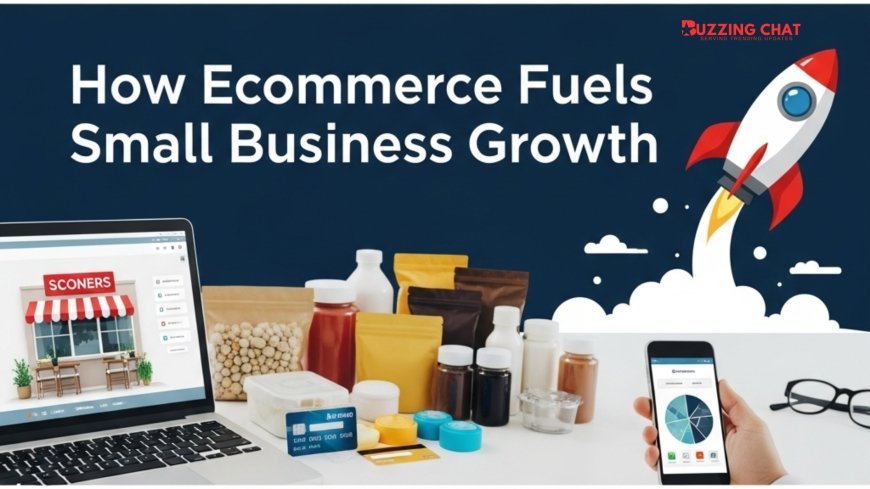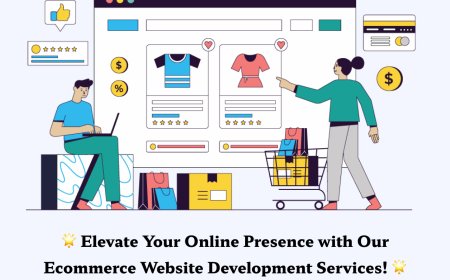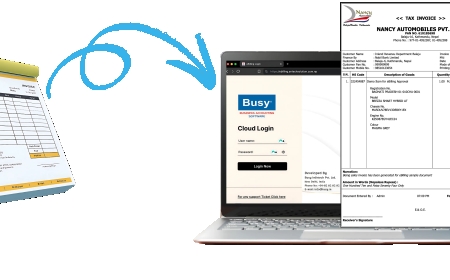How Ecommerce Tools Help Small Businesses Compete Like Big Brands
Discover how modern ecommerce tools empower small businesses to compete like big brands, using digital marketing, mcommerce, UGC, and data-driven tactics.

Introduction
Imagine youre Jane, the owner of a cozy handmade candle shop in your hometown. Youve built a loyal following at local markets, but you dream bigger perhaps an e-market audience that stretches across the country. It feels like a David vs. Goliath story: how can you, a small business, stand toe-to-toe with massive retailers? The secret lies in smart ecommerce tools. In this blog, Ill walk you through the game-changing tactics that level the playing field and put the power of a big brand in your hands.
Leveling the Playing Field with E?Business Platforms
First off, lets talk about e-business platforms like Shopify, WooCommerce, and BigCommerce. These arent just online shop builders theyre fully loaded suites that handle everything from secure payments to inventory management.
Affordable scalability: You dont need a Fortune?500 budget to get started. Many plans begin at under $30/month, and you can upgrade as you grow.
Built?in analytics: Youll see which products are flying off the shelves and which need a marketing push.
Seamless integrations: Connect email services, social marketing apps, or a CRM to stay in sync with orders and customer data.
By choosing the right platform, you transform a small hobby into a serious e-market contender.
Personalized Experience: Putting the Client First
Big brands thrive because they know their customers inside and out. With the right tools, you can do the same. Modern ecommerce solutions let you:
Segment audiences: Send targeted offers to first?time buyers or loyal repeat shoppers.
Automate follow?ups: Set up email workflows that remind a client about an abandoned cart or suggest complementary items.
Offer personalization: Show Recommended for you products based on browsing history.
When your client feels understood, they come back and they bring friends.
Data?Driven Tactics for Smarter Decisions
In the old days, small shops relied on gut instinct. Now, data is your compass. Ecommerce analytics dashboards reveal trends in real time:
Traffic sources: Are people arriving via social marketing or organic search?
Conversion funnels: Where are visitors dropping off on product pages or at checkout?
A/B testing: Try two versions of a landing page headline or Add to Cart button text and see which wins.
Using these tactics, youll spend less time guessing and more time optimizing for growth.
Harnessing Social Marketing and UGC to Build Trust
You dont need huge ad budgets to make an impact in social marketing. Tap into the power of user?generated content (UGC creator stories, reviews, and unboxing videos). Heres how:
1. Encourage reviews: Offer a small discount or free sample in exchange for honest feedback.
2. Feature customer photos: Share them on your product pages or social feeds real people using your goods in real life.
3. Run micro?influencer campaigns: Partner with niche creators who resonate with your target audience.
These authentic endorsements go a long way in the e-market, driving trust and conversions without the heavy price tag.
Integrating Mcommerce and Digital Marketing Strategies
Mobile commerce (mcommerce) now accounts for over half of online sales. If your store isnt mobile?friendly, youre leaving money on the table.
Responsive design: Ensure your checkout and product pages look great on any screen.
One?click payments: Enable digital wallets like Apple Pay or Google Pay to reduce friction.
Push notifications: Use SMS or app alerts to share flash sales or new arrivals.
Pair these mcommerce features with broader digital marketing think SEO?optimized content, targeted ads, and retargeting campaigns to capture customers at every stage of their journey.
Scaling Up: B2B Opportunities in the E?Market
Once youve mastered direct?to?consumer sales, consider branching into B2B. With the right ecommerce setup, you can:
Offer tiered pricing: Give wholesale clients volume discounts automatically.
Create private storefronts: Restrict access to select businesses with unique login credentials.
Automate reordering: Let recurring clients set up scheduled purchases, so they never run out of stock.
By extending into B2B, you diversify revenue streams and cement your position in the larger e-market ecosystem.
Conclusion
Small businesses dont have to play by yesterdays rules. With todays ecommerce tools covering everything from e-business platforms and data-driven tactics to social marketing, mcommerce, and B2B solutions you can match or even outshine the big brands. Start by choosing the right platform, focus on putting the client at the center of every decision, and leverage authentic content to fuel growth. Before you know it, your once-local shop will be a thriving online success story. Ready to take that next step? Dive into a free trial of your preferred ecommerce solution and see the difference firsthand!
































